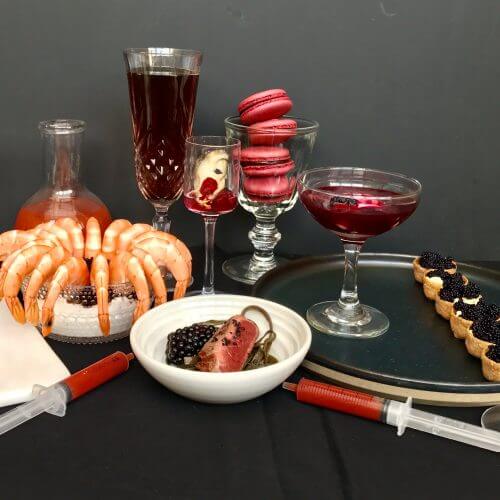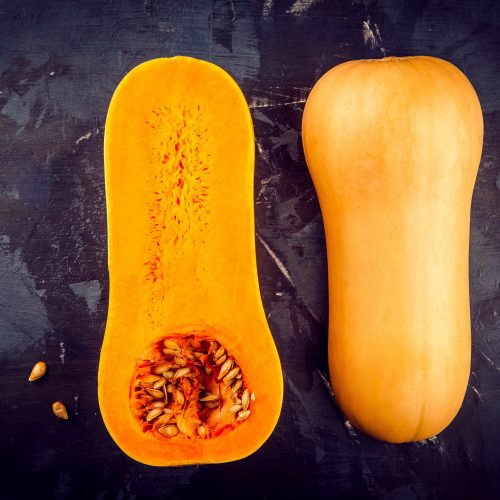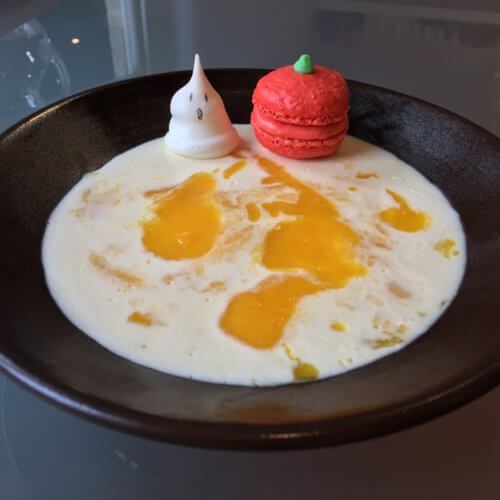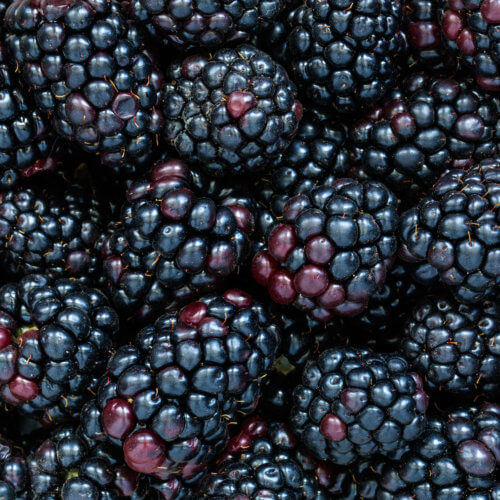Most fishermen will tell you that squid is perennial, but that yields are greatest in late springtime and early summer. This is definitely the time to buy; higher stocks mean less wildlife depletion and lower prices.

Like other cephalopods – squid are often overlooked because of their appearance. They have eight arms, arranged in pairs and two longer tentacles for catching prey, and they look quite strange when removed from the water. However, rejecting or selecting any animal as a food source based on it being too ugly or too cute doesn’t make a lot of sense.

Sadly, a lot of our subscribers are scared to cook with squid, as there are a few rules to follow. The problem is that the flesh becomes rubbery when overcooked. The answer is to either fry on high heat, quickly or a long slow braise. Squid is also pretty versatile – and works very well flash fried with minimal effort (just in a light batter or with salt and pepper), or made into an elaborate dish, stuffed with herbs and chorizo, then gently braised in a tomato and pepper sauce. Nutritionally, squid is a good food source for zinc, manganese, copper, selenium, vitamin B12 and riboflavin.




